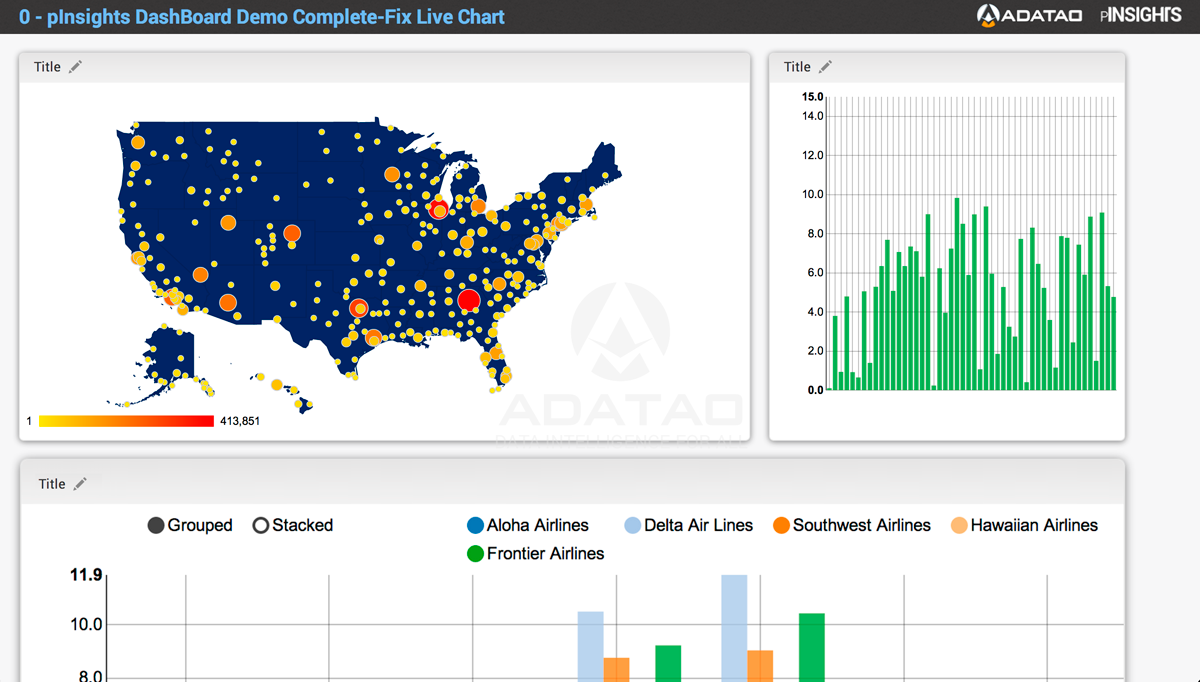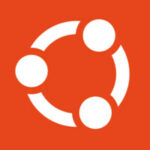
Big Data 1.0 is not easy, it’s not fast and it’s not for everyone, but Big Data 2.0 looks to change that, according to Christopher Nguyen, CEO and cofounder of Adatao.
“We see Adatao as the bridge that builds the current Hadoop of the Big Data world, which is Big Data 1.0, to 2.0,” he said. “Just as Web 1.0 focused on technologies and capabilities of the Web, and Web 2.0 switched the focus to the user, we are experiencing the same fundamental shift with Big Data.”
Big Data 2.0 has been a vision of Nguyen’s and his Big Data startup company for the past two years. “We wanted to make Big Data easily accessible for everyone,” he said. Up until now, data scientists and engineers have managed Big Data, but Adatao wants to bring it to business users.
(Related: Developers need more than just Hadoop for Big Data)
“We’ve created a top-down, fluid, user-experience solution that brings the business users and data scientists, engineers and programmers to collaborate, report and predict data analytics,” said Nguyen.
Adatao is made up of two products: pInsights, which Nguyen called the “beauty layer,” and pAnalytics, the “power layer.” pInsights allows users to easily interact and consume Big Data in a collaborative format. According to Nguyen, it’s like Google Docs for Big Data. Users can use natural language to look for data; for example, if a user is looking at flight data from the Department of Transportation, he or she can simply type “show relationship between flight delays and days of the week,” and pInsights will generate and graph that information in seconds. Other features include visualization, dashboarding, presentation, narrative, reporting, and support for Java, R, SmartQuery and SQL.
“For the first time, business users are able to navigate and explore Big Data in a very natural and fluid way without having to even remember that it is Big Data,” said Nguyen.
The power layer, pAnalytics, allows data scientists and engineers to examine massive amounts of data in seconds without having to learn Map/Reduce.
“Users no longer have to worry about Map/Reduce or functional programming,” said Nguyen. “For example, when the data engineer thinks, ‘I want to clean the data of all the missing values,’ today they have to write a Map/Reduce program. But with our product, all you have to do is write a line of code that says ‘drop all the missing values.’ ”
In addition to pAnalytics and pInsights, Adatao is working on a Distributed DataFrame (DDF) project for data scientists and engineers. DDF is an open-source offering that aims to make Big Data easy to analyze.
“DDF is all about productivity for data engineers,” according to the DDF website. “We think DDF should help data engineers to focus on analytics, not Map/Reduce. By providing an easy and intuitive API, DDF can help data engineers more productive in their works.”
While Adatao has been busy working toward Big Data 2.0 and its vision of “Data intelligence for all,” Nguyen said the company currently offers data intelligence for everyone in enterprises, and in the near future, deep-learning algorithms will be able to extend its vision to consumers as well.
“We believe that the fundamental reason for Big Data is the ability to learn from it, so machine learning is an inherent requirement for Big Data to make sense,” he said.
Adatao recently announced a US$13 million Series A investment led by Andreessen Horowitz, which it plans to use to further grow its team and continue its product development.






